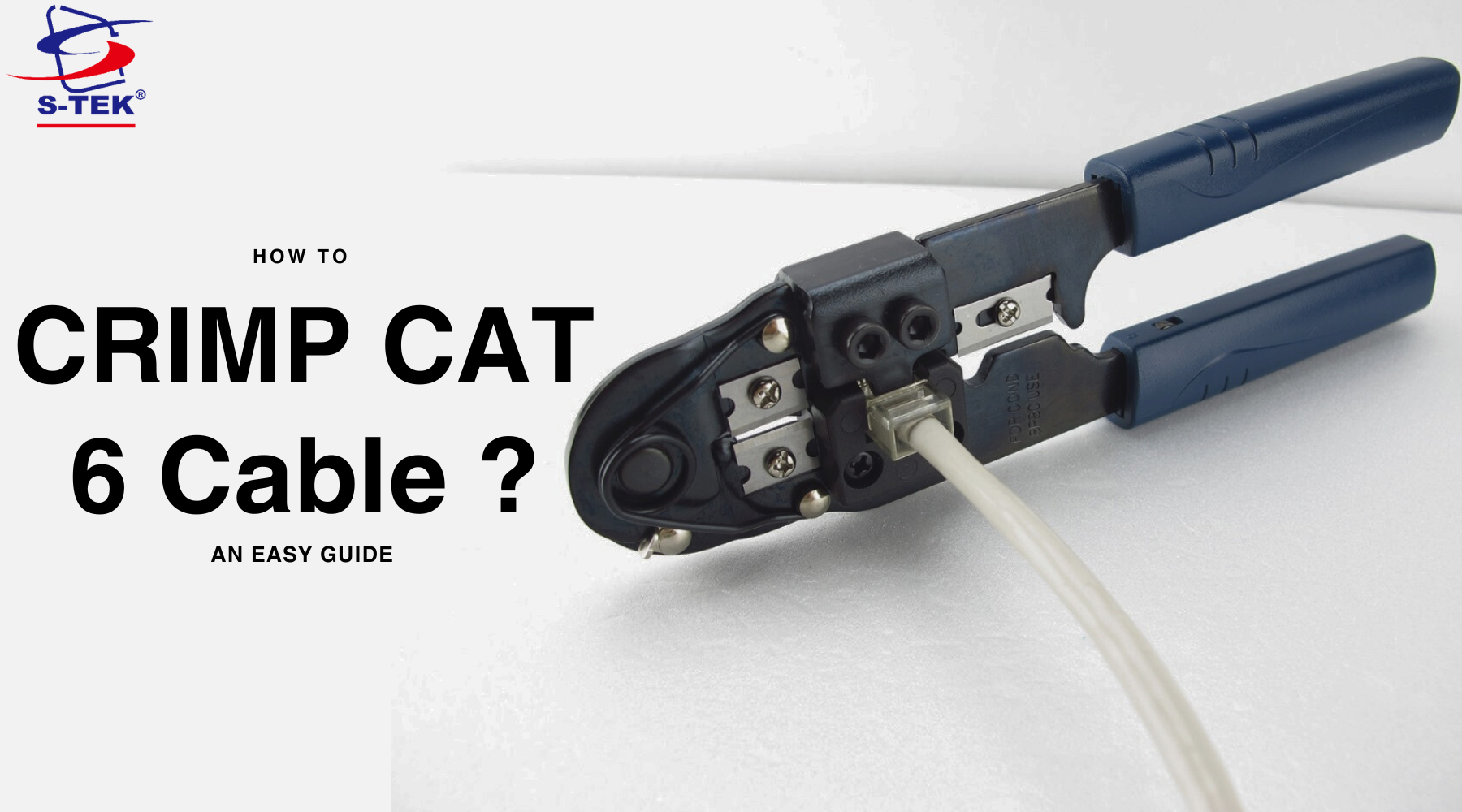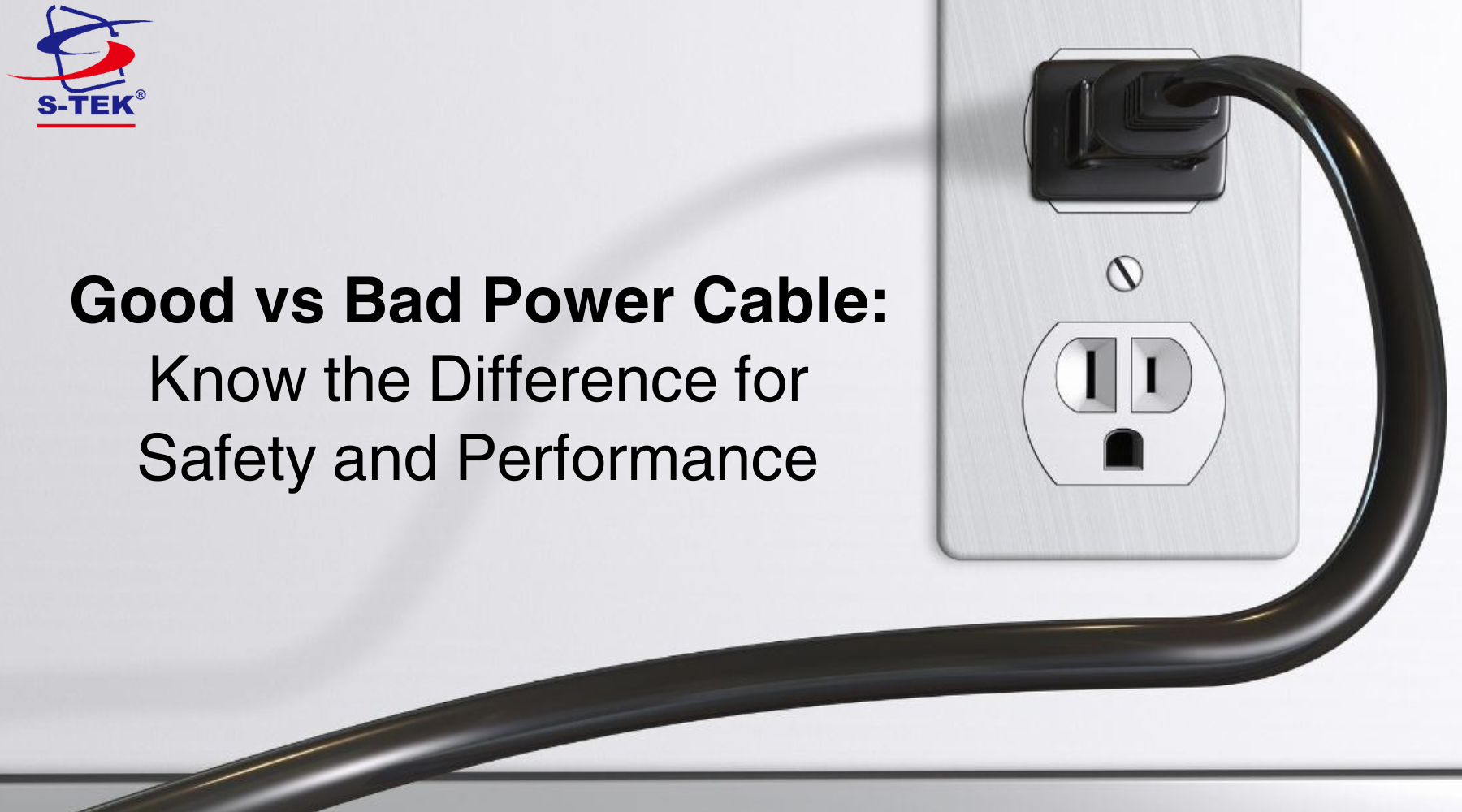
Cat 6 vs Cat 7 Ethernet Cable: Which One is the Right Choice?
While using the technology from home or office, the quality of the internet is something you don't want to compromise on. You certainly want to avoid interruptions in an important video call meeting or while enjoying your favorite movie. This is where Ethernet cable comes in. Before we analyze the differences between Cat6 vs Cat7, let's have a quick understanding of what the cables actually do and why they are important. An Ethernet cable is a kind of cable that connects your device to (LAN) including computers, printers, and routers. '
Manufactured with copper pairs, the cable helps in reducing interference, while transmitting the data. The reliable cable comes in various categories, which have their own set of capabilities. Most popular ones include Cat5, Cat5e, Cat6 and Cat7. Each of these support different speeds and bandwidth capabilities. In today’s blog we will focus on the key differences between Cat6 and Cat7 Cable. We will cover important information such as which one is more affordable, faster and provides reliable connection. Without much further ado, let’s have a fun read and discover the best option for you.
Cat 6 or Cat 7 Ethernet Cable: Which one should you choose?
Speed and Bandwidth
The core difference between Cat6 and Cat7 is their pace and bandwidth. Cat6 Ethernet cables can provide up to 10 Gbps with distances leading up to 100 meters. Cat7 offers up to 10 Gbps, however experts suggest that it can exceed 40 Gbps at 50 meters and even 100 at 15 meters. With the bandwidth comparison, you must have an idea that Cat 7 is a productive choice, for 4K video streaming and large file transfers, whereas Cat 6 could be sufficient for online video gaming and day-to-day internet activities.
Shielding
One of the most important points to consider, in the debate of Cat 6 vs Cat 7 is the shielding. You must be wondering how it can affect your buying decision. Technically, it plays an important role, as it is a layer of material that is placed around the cable to discourage interference. Shielding and interference goes hand in hand, as the material eliminates the chances of a signal disrupting the transmission of data over a cable. When choosing a cable, you need to make sure the cable is shielded. When it comes to Cat6, the cables comes in two types:
- Shield Twisted Pairs (STP)
- Unshielded Twisted Pairs ( UTP)
UTP cables are budget-friendly but they are more likely to be influenced by interference.
STP can be an ideal solution and it can discourage disconnections. However, they are expensive. Keeping this in mind, Cat7 is an ideal solution as it balances the shielding and interference debacle and enhances the performance too.
Compatibility
Choosing an Ethernet cable goes beyond data transfer speeds. Compatibility is another factor, one should consider, before making the purchase. Apart from being compatible with standards like Cat 5E and Cat 5, Cat 6 matches well with a wide range of networking equipment, which certainly makes them an affordable and sensible choice. On the other hand, Cat 7 is not a suitable pick, as they are neither versatile nor offer compatibility with older standards. This fact certainly makes them a less practical choice for home networks too. Furthermore, they may require suitable connectors and equipment to provide their full capabilities.
Cost
So far, it must be quite clear which ethernet cable you should opt for. If not then lets take in another factor for consideration. The cost. Needless to say, this is certainly a factor that should not be ignored, especially if you are on a budget or run a business. Cat 6 is the affordable option for many consumers as Cat 7 is more pricey due to its advanced shielding and improved performance power. Particularly, if you are aiming to set it up at home, then Cat 6 has proven to be a budget-friendly option for your pockets.
Use Cases
After discussing the cost of Cat 6 and Cat 7, we need to analyze where we want to use the Ethernet cables. If you are a large business then you should definitely opt for Cat 7 as it can perform well, with high-density environments such as data centers, industrial settings and high-powered gaming setups. Whereas Cat 6 is a better choice, when it comes to personal use or small businesses. It provides the ideal balance of enhanced performance, cost and compatibility for day to day use.
The Final Verdict of Cat 6 vs Cat 7 Comparison
As the Ethernet cable comparison reaches to an end, here is a quick overview. Both the cables come with their own set of advantages and disadvantages. Cat 6 is an affordable, compatible and productive choice for residential and small business use. While being pair up to a wide range of networking equipment, it creates a decent balance. On the other hand, Cat 7 is another ideal solution, but only if you are a large sized business or require to run large applications, including high-powered gaming setups.
Cat 7 can be pricey, and will not be compatible with older networking standards, which could be a deal breaker for many consumers. After reading the blog, you must be fully informed about the important factors that your decision should be based on. In the end, what matters is that your tasks run smoothly and you don’t need to take annoying breaks in between. If you are looking for affordable Ethernet cables in Dubai, then you can visit us on Amazon and choose the ideal product for yourself. Because, whether it's a chilling game match or an essential presentation, you don't want to be left hanging in between.


